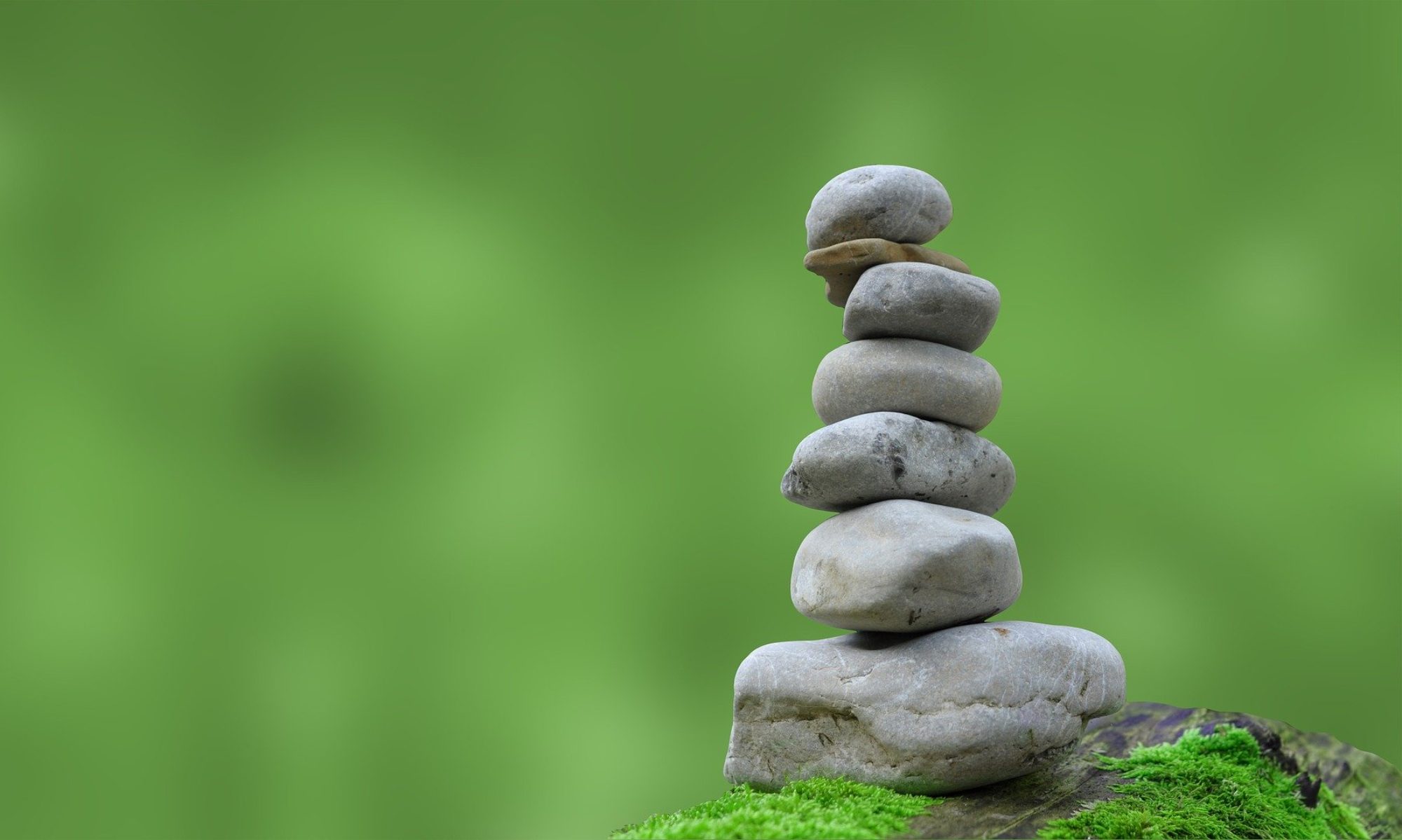
Ever thought about how our devices can affect our sleep? If you are like most people, you probably have your phone within arm’s reach, right now. Maybe you go to bed checking emails and social media as a routine. If that sounds familiar, then here are a couple things you may want to consider for yourself or your family to help improve your sleep.
Our devices and screens can impact our sleep due to the blue light that they emit. According to Sleepfoundation.org, The body’s ability to use melatonin to help one fall to sleep can be affected by blue light as well as our circadian rhythm. Blue light has opposite effects on our system, instead of it signaling that it is time for bed, it is telling our brain that it is daytime. According to Kidshealth.org these effects can be greater on teens than adults.
There are a couple of strategies that can be helpful in dealing with the issue of blue light. First, try to wind down from screens (including TVs) about an hour or two before bedtime. Sleepfoundation.org suggests that if getting away from screens is not possible, the second strategy is to try using the settings or apps available in many phones, tablets, computers and tv’s to warm up the images by reducing the cool blues and whites and using the warmer colors (reds and yellows). If finding a warm setting or blue light filter is not an option, simply dimming the brightness of the screen can also help.
Android phones use Blue light filter option under settings and IPhone and Apple products use a setting called Nightshift. Windows uses a setting called Nightlight and Kindle uses Blue shade. You can schedule these apps to reduce or eliminate blue light at sunset or at a custom time. Simply use your favorite search engine and you can find tutorials and videos that can walk you through how to access these settings for your devices.
Another way that our devices can impact our sleep is through sound or vibration. All the different notifications that can go off throughout the night from emails, texts, and social media can disturb or interrupt your sleep cycles. If you find that your phone is also at arm’s length or even located in the same room that you sleep in and you’re waking up a lot or not feeling well rested in the morning, you may want to reconsider where you keep your phone at night. One strategy is to find a central location away from the bedrooms for you and your family’s devices to slumber. If this is not possible and your phone needs to be in the bedroom, then this next option can help – Do Not Disturb. Many devices have a Do Not Disturb option that you can turn on or schedule daily. You can choose which notification are allowed (like alarms, media, touch sounds, calendar events and reminders) and customize Do Not Disturb to best meet your needs from very restrictive to only somewhat restrictive of sounds and notifications.
Whether for yourself or your kids, I invite you to experiment with these suggestions. Try these strategies for a week and talk with each other about any differences that you notice. Our smart devices are so helpful and a part of our everyday lives. It is not often that we consider how these devices may cause issues. Fortunately, our phones have built in features to reduce some of the negative impact that they can have – better sleep can improve many aspects of our physical and mental health.

